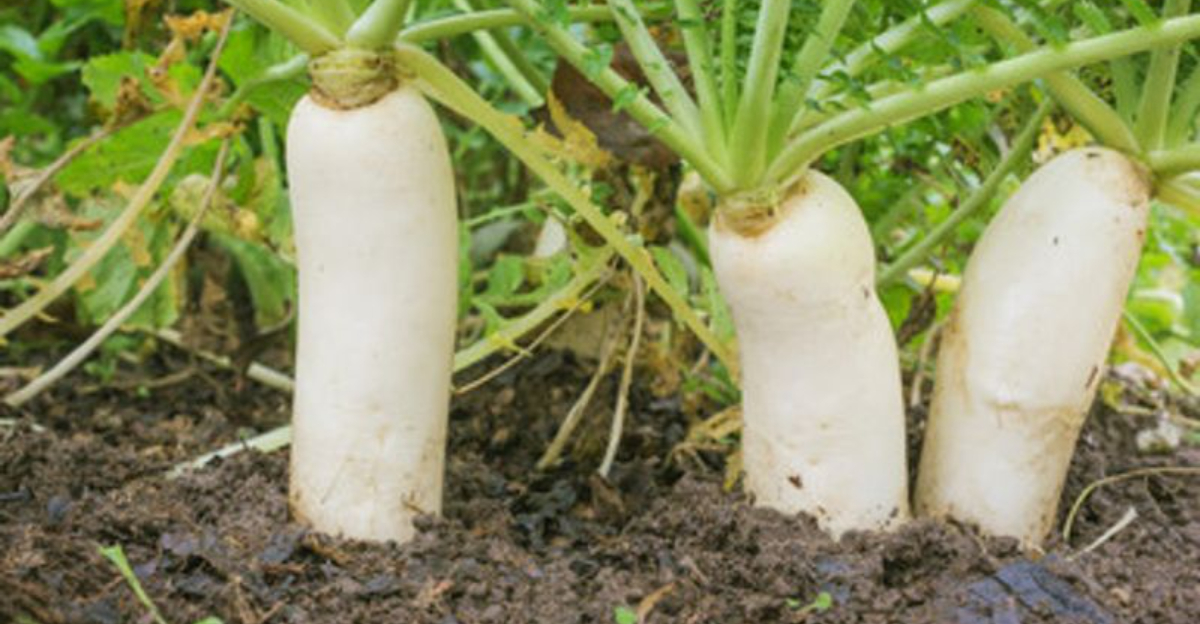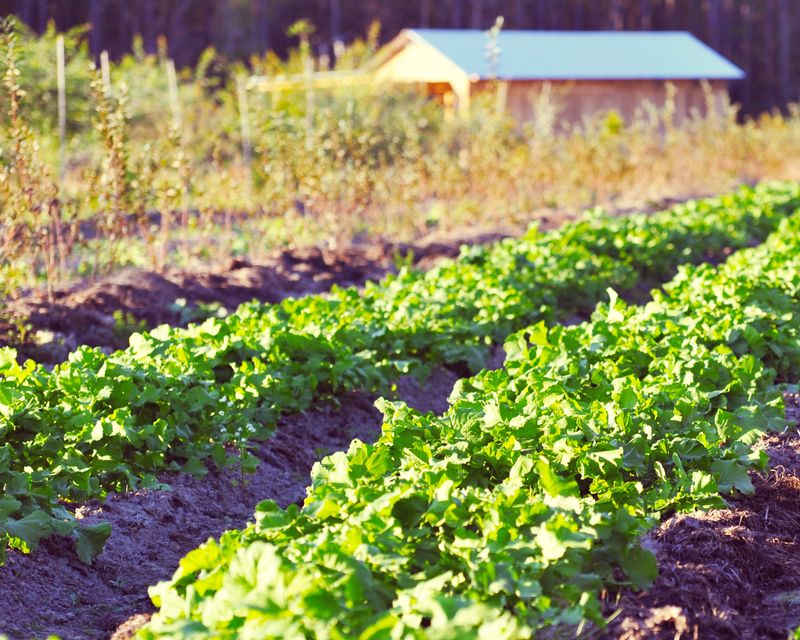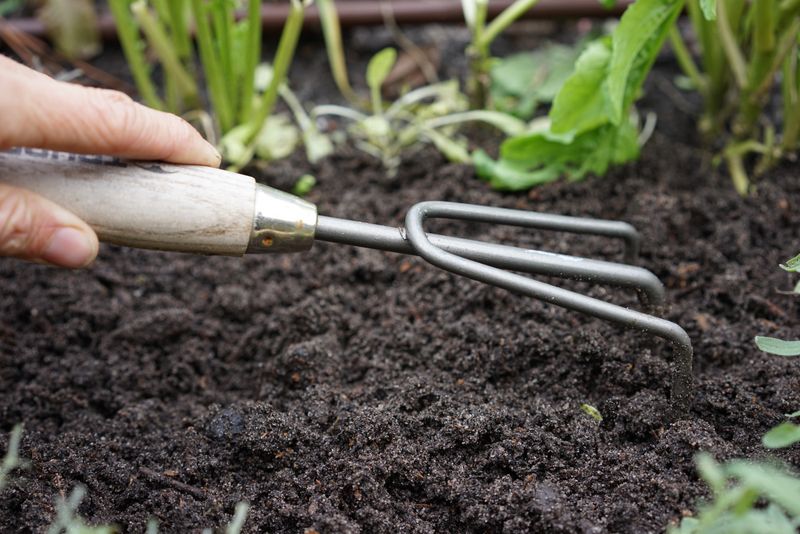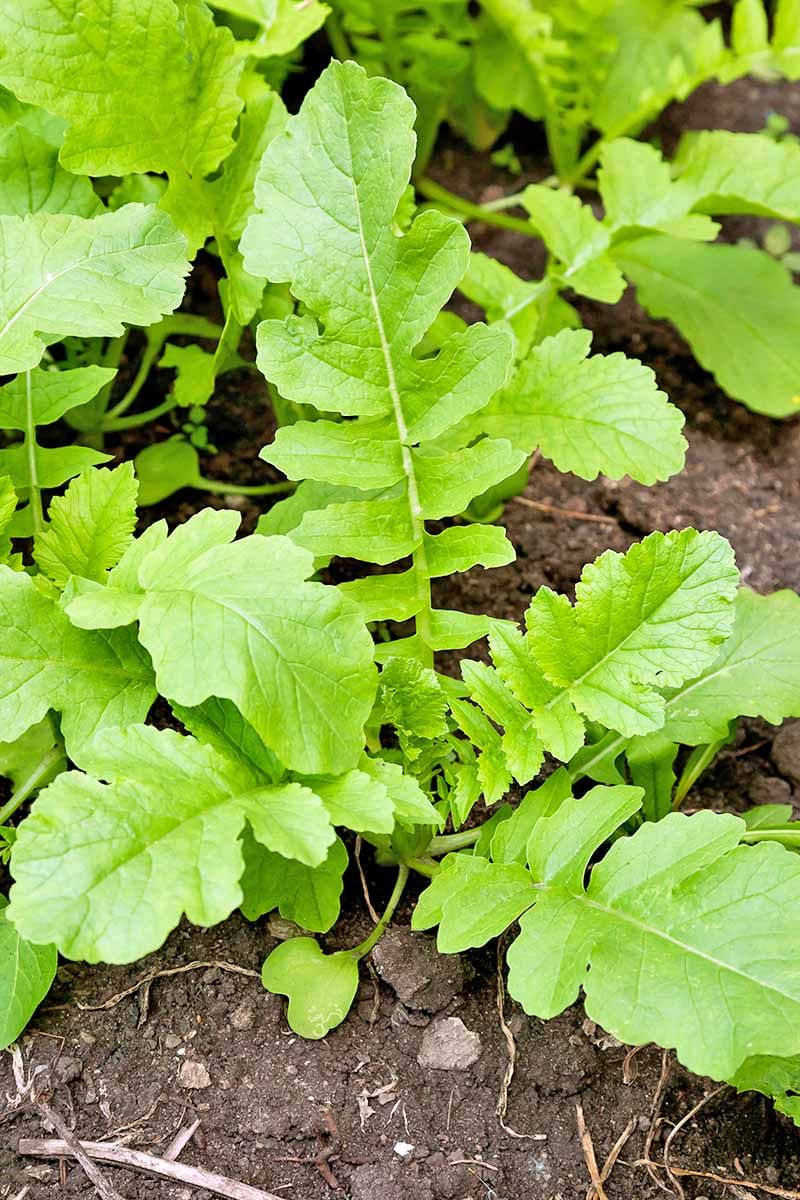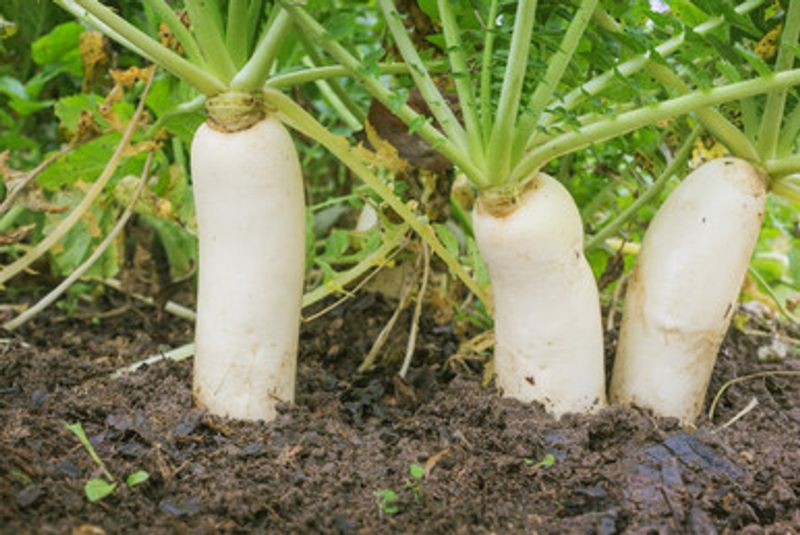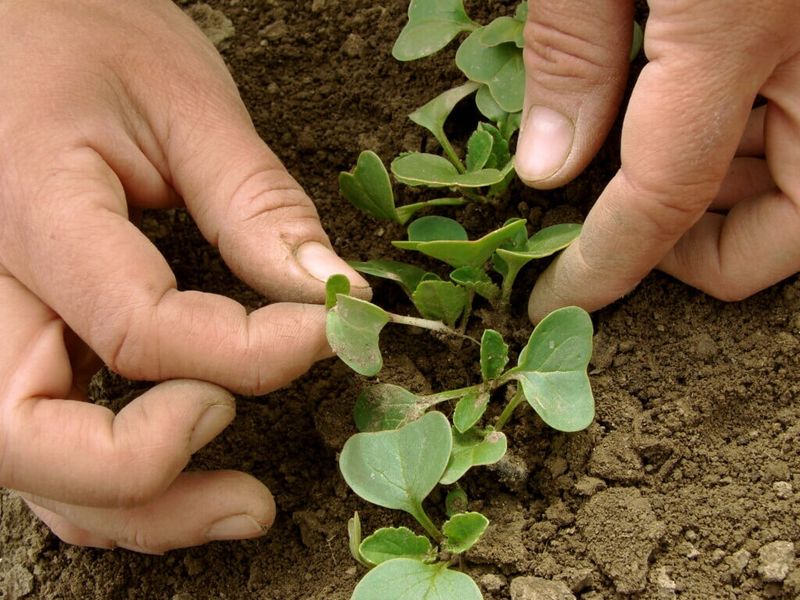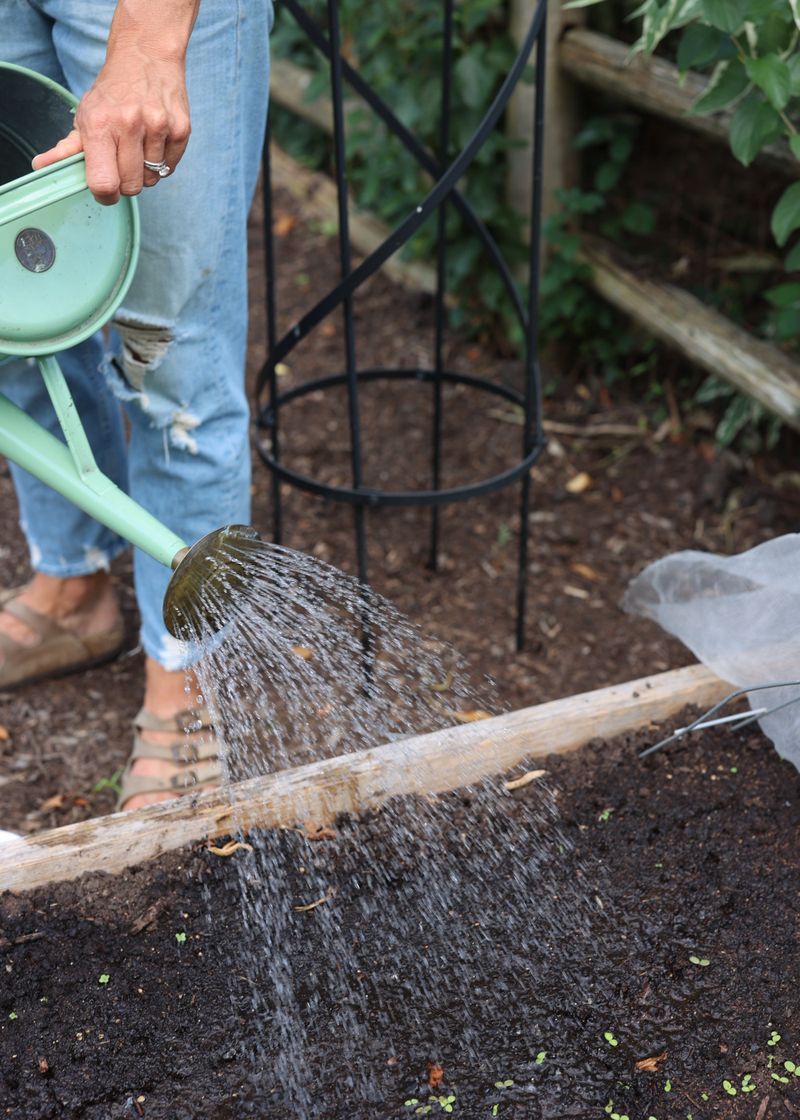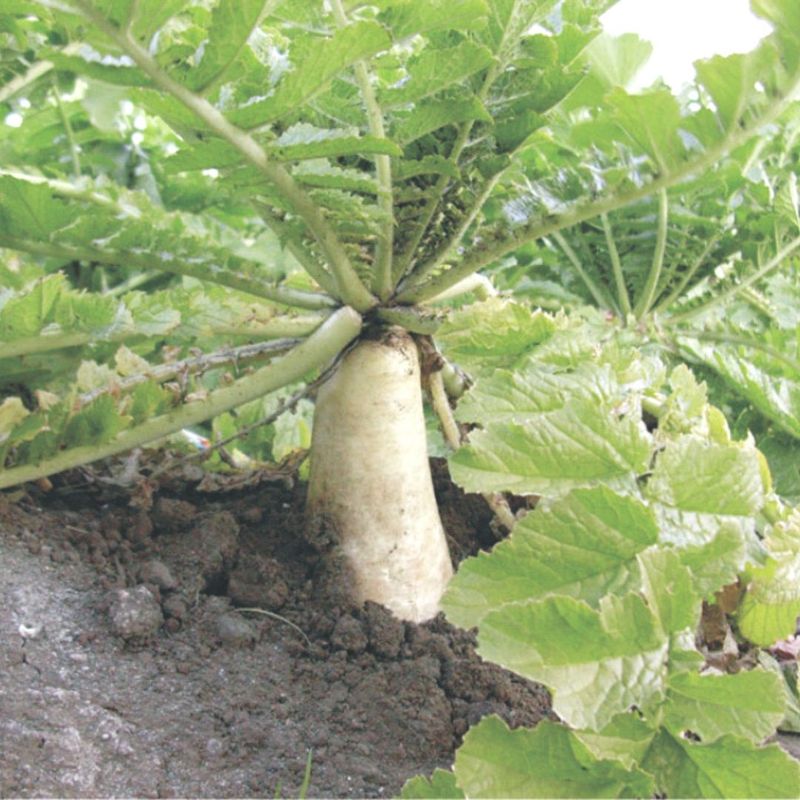Growing your own daikon radishes is a rewarding experience, providing you with fresh and nutritious roots right from your garden.
Whether you’re a seasoned gardener or a complete beginner, these tips will help you cultivate daikon radishes successfully.
Embrace the journey of growing these delightful plants and enjoy the flavors they bring to your table.
1. Choose the Right Location
Selecting the perfect location for your daikon radish is crucial. Ensure the area receives plenty of sunlight, as these radishes thrive in sunny spots. The soil should be loose and well-drained, allowing the long roots to grow unimpeded.
Avoid rocky or compacted soils, as these can inhibit growth. Consider raised beds if your garden soil does not meet these conditions. They allow better control over soil quality and drainage.
With the right location selected, you’re one step closer to a bountiful daikon harvest. This attention to detail at the start pays off in healthy, robust plants.
2. Prepare the Soil
Before planting your daikon radishes, take time to prepare the soil. Loosen it to a depth of at least 12 inches. This encourages deep root development, vital for this root vegetable.
Mix in organic compost or aged manure to boost nutrients, enhancing growth. A fertile, well-prepared soil bed ensures that the radishes receive all the nutrients they require.
This preparation sets the foundation for a successful growing season, allowing your daikon to thrive. Investing effort in soil preparation means healthier plants and a more abundant harvest.
3. Plant at the Right Time
Timing is key when planting daikon radishes. Sow the seeds in late summer to early fall. This timing is especially advantageous in cooler climates. Planting during these months allows the radishes to mature in optimal conditions.
The cooler weather prevents the plants from bolting and developing poorly. Remember that patience in waiting for the right time ensures the best crop yield. Plan your planting schedule carefully and align it with your local climate conditions.
This way, you’ll maximize the growth potential of your daikon radishes.
4. Sow Seeds Properly
Proper sowing of daikon seeds is an art. Plant them ½ inch deep, ensuring each seed is about 2 inches apart. Rows should be spaced 12–18 inches apart, providing ample space for growth.
This arrangement helps the plants receive adequate sunlight and nutrients. Be gentle with the seeds to avoid damaging them during planting. Proper spacing prevents overcrowding, allowing each plant to develop fully.
Careful attention to sowing sets the stage for a healthy crop. This meticulous approach contributes to a successful harvest.
5. Thin the Seedlings
Once your daikon seedlings have sprouted, it’s time to thin them. Remove excess plants to ensure each seedling is spaced 4–6 inches apart. This provides enough room for the roots to expand and grow.
Thinning might seem harsh, but it’s essential for robust plants. Overcrowded plants compete for nutrients and space, stunting their growth. Regularly check the seedlings and thin as needed.
This practice supports healthy development and yields larger roots. Your careful management during this phase pays dividends in the form of a thriving garden.
6. Water Consistently
Consistent watering is vital for daikon radishes. Keep the soil evenly moist, but be cautious of overwatering. Deep watering sessions encourage deep root growth, which is crucial for these long-rooted vegetables.
Make sure the water reaches the root zone. This helps the plant absorb nutrients effectively. Avoid letting the soil become soggy, as it can lead to root rot. A balanced watering routine supports healthy growth and robust radishes.
Monitoring moisture levels and adjusting as needed will give your daikon the best chance to flourish.
7. Control Weeds
Weed control is an ongoing task in your daikon garden. Applying mulch around the plants can significantly reduce weed growth. This practice helps retain soil moisture and provides a barrier against unwanted plants.
Regular weeding is necessary to minimize nutrient competition. Weeds can quickly overtake your garden if left unchecked. By controlling them, you ensure that your daikon radishes receive the full benefit of the soil’s nutrients.
This diligence in weed management results in healthier plants and a more productive harvest. Consistent care makes all the difference.
